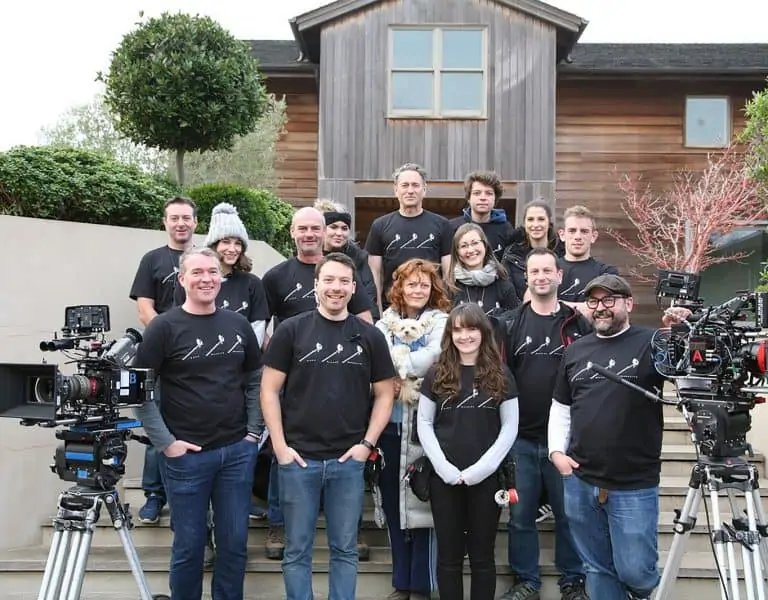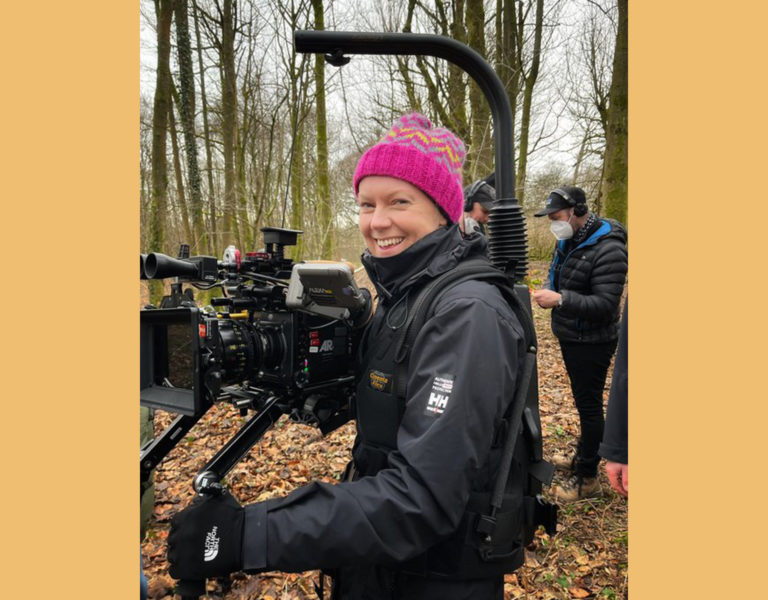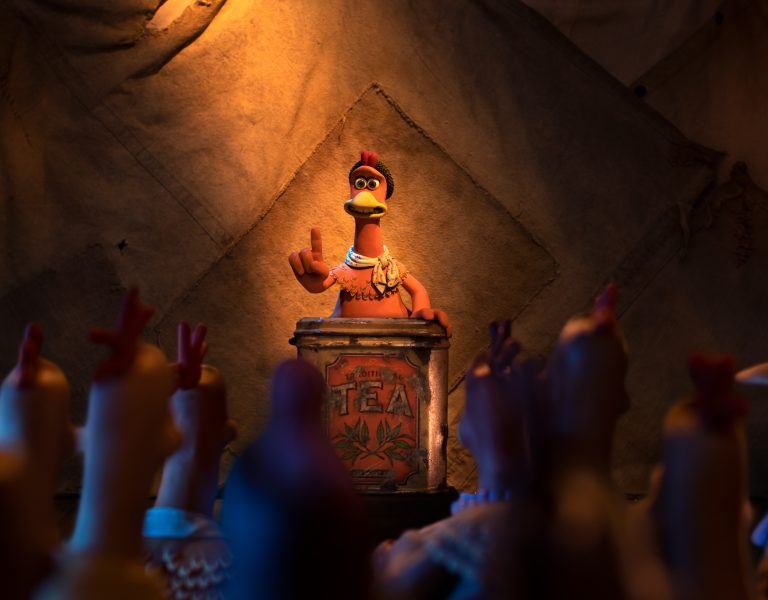RISING TO THE CHALLENGE
After a year in and out of lockdown, during which TV drama and streamed films kept people entertained and engaged, home audiences have finally been seeing the high-profile productions that were made under COVID-19 restrictions. Everyone involved in a production has had follow the rules to ensure they and their colleagues remain safe, but cinematographers and camera and lighting crews in particular have had to rethink how they work.
General parameters for COVID shooting are laid out in the British Film Commission guide Working Safely during COVID-19 for Film and High-end TV Drama. This was first published in June 2020, with an updated version appearing on 1 April this year, and includes UK government advice on: Thinking about risk; Who should go to work; Social distancing for workers; and Personal Protective Equipment (PPE) and face coverings.
There is also a section covering the camera department, including grips, crane, DIT, playback and the script supervisor. Among the recommendations are to allow sufficient time for the director of photography and key grip to plan safe working procedures as well as for installing and striking equipment according to COVID-19 safety rules. Laurie Rose BSC, who worked on several productions during this time, including Working Title’s Rebecca (2020), observes that a primary consideration for ensuring safety is “good, reliable and wide testing”.
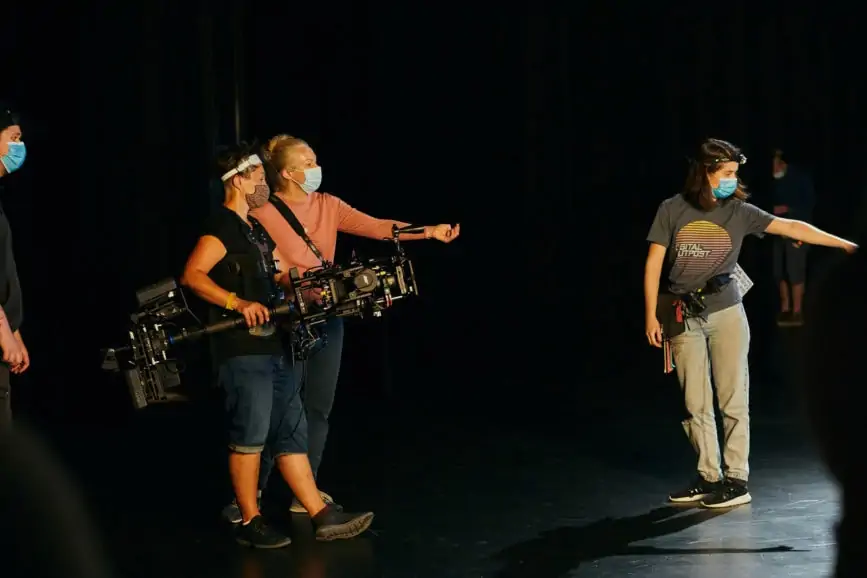
Initially, he says, everyone was tested five times a week but, as infection numbers fell, this dropped to three times weekly. “We test, make our daily declaration of health, and have temperatures taken,” he says. “It’s paramount not to take risks and use masks as well as keeping a distance. We’ve had a couple of close calls and we stood down for a day or so, retested, tweaked the schedule and carried on. Filmmaking is about being in close proximity as a team, so we’re careful and no masks ever come off.”
Rose adds that there was originally the “grand idea” of having only one department on set at a time. “Whilst this is a great concept, in reality it just doesn’t work, there is just not enough time to do that,” he says. While acknowledging this procedure is “time consuming”, Annika Summerson did work under it while shooting Season 2 of Avalon UK/Sky One comedy-drama Breeders. “We had got used to working as a team in the studio [The Backstage Centre, Essex], with one department going in, then clearing out before the next went in,” she explains. “My camera assistant was ‘by the set’, not on it, and focus pulling was done remotely from outside for both cameras.”
Summerson operated A camera, with Johnny Tyler on B camera. Both cameras were brought on and off set by the grip, with as few people in the shooting area as possible. “I hardly saw the camera assistant for several weeks,” Summerson says. “The sets were small and there was a lot of distancing, including having the clapperboard some way from the camera. We were wearing masks, the blue surgical ones, which were standard at the time, not the higher specification N95s that people are wearing now. We worked in bubbles – I was bubbled with Johnny and the actors and we were all tested twice a week.”
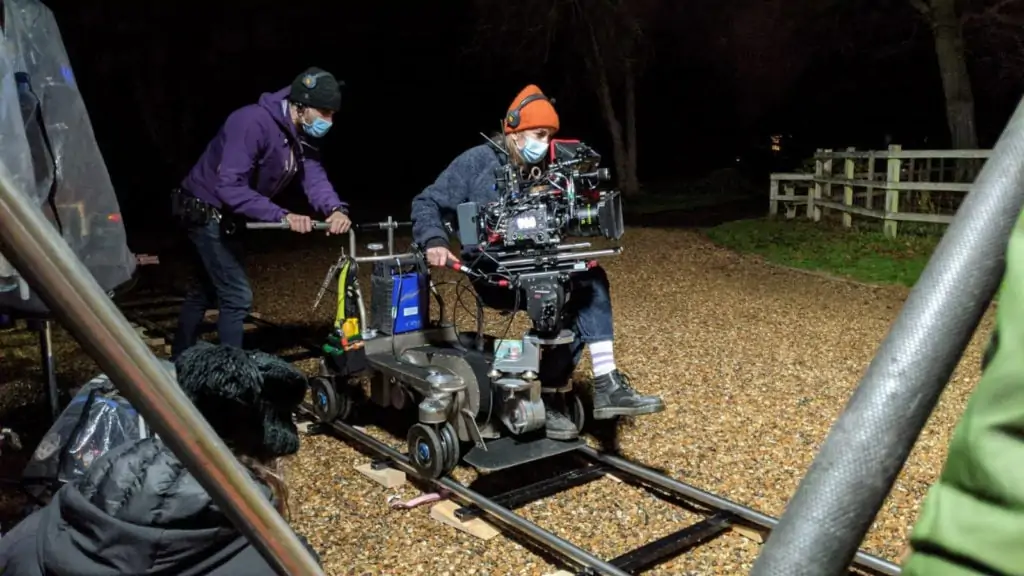
Some productions started out under COVID guidelines, but some were already shooting and had to be suspended. This included HBOMax’s fantasy mini-series The Nevers, which involved four cinematographers, Kate Reid BSC among them. Reid has shot four productions since the pandemic began, including the short Ghost Light, and says it is not easy: “Working around COVID is hard but when we came back to The Nevers the organisation was exceptional in taking every measure and applying them to look after the cast and crew.”
This involved three tests a week, which, during Reid’s time with The Nevers, revealed two negative results. “We lost a focus puller,” she acknowledges, “and we couldn’t get a replacement, so we had to pull together and work in a different way, with the second AC on A camera stepping in. Producers and production staff didn’t need to be on set every day and three zones were created, with a central nucleus [the set itself], a ‘to the set’ boundary and beyond that the production base area. I kept within my bubble with the director and first AD and there were no crossovers of bubbles. Departments worked separately in a military style operation.”
A major change, noted by all those contacted, was on-set monitoring. Reid says she and the director “sat in proximity” to view footage but did not share a monitor, viewing instead on their own screens. To ensure safety, all devices were labelled with people’s names to ensure sole use. On Breeders, remote monitoring was enabled through having QTAKE live streaming on individual iPads.
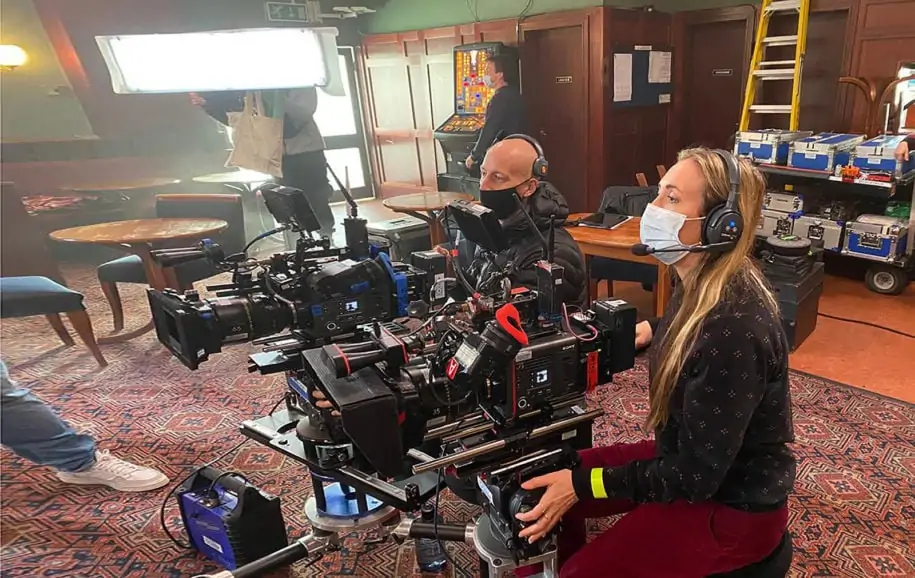
Shooting styles and the selection of some hardware has also been influenced by the new regime, but, says Rose, not necessarily for the worse: “I’d wanted for a while to try some stabilised gimbal options and it was a no-brainer that remote heads could be a solution to distance and exposure on set. On both jobs I’ve done so far, I’ve used a Ronin gimbal in various modes, handheld with a support vest, grip carried, on cranes and vehicle mounts as well as in studio mode on a hand-wheel dolly. This has significantly reduced the number of people in the room and the proximity of crew to cast. Shooting handheld and being in close quarters with a maskless cast is a risk but we minimise contact time, so in a sense that has changed what we do.”
There is some fun to be had watching recent films and dramas to see if any compromises made for COVID are noticeable but the real message to take away is that crews and actors are staying safe while still producing quality entertainment.

